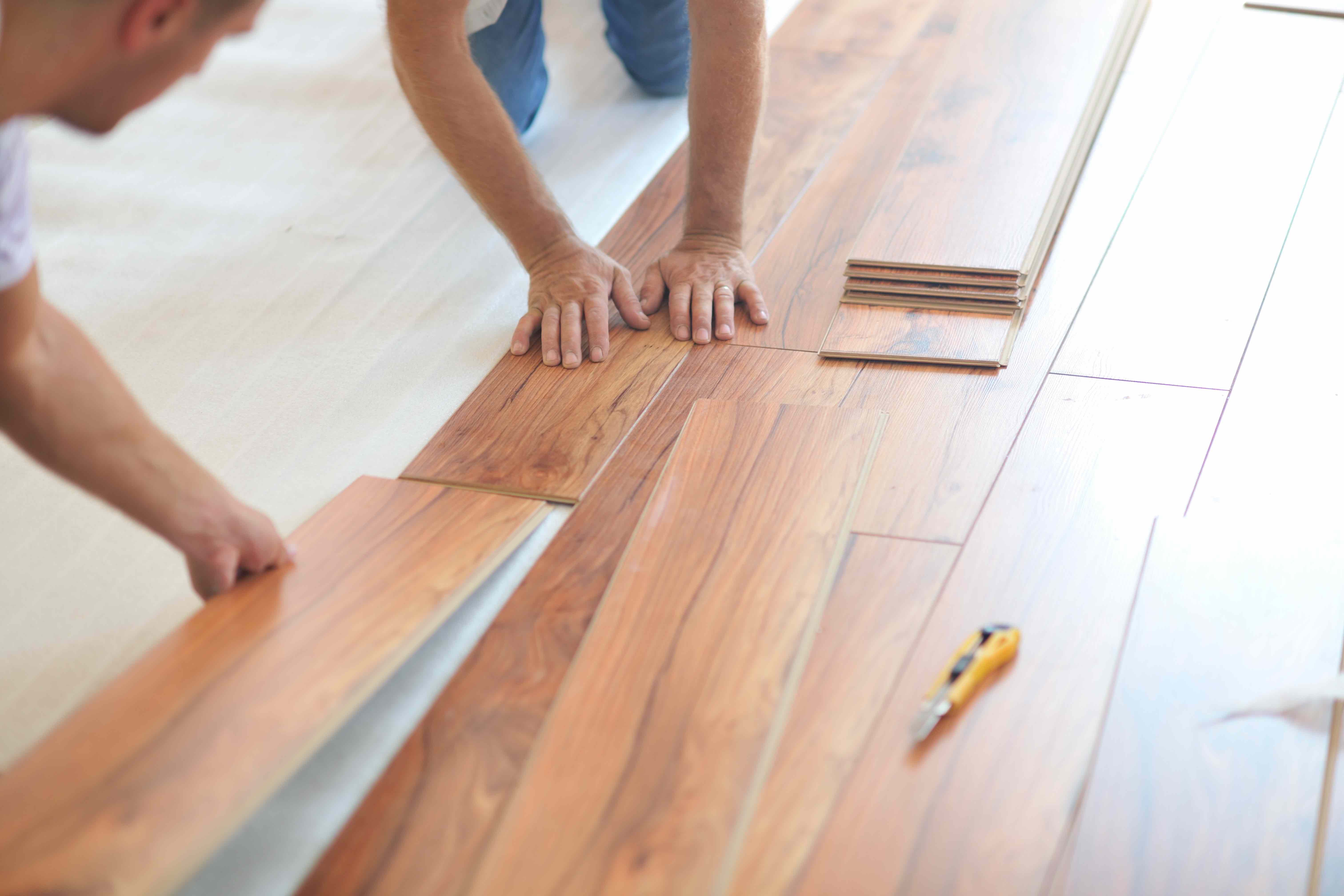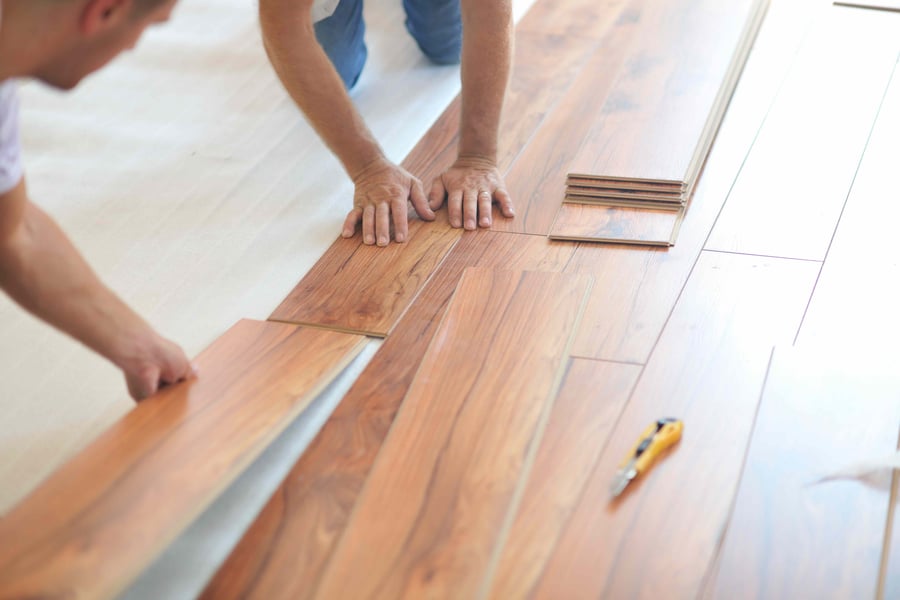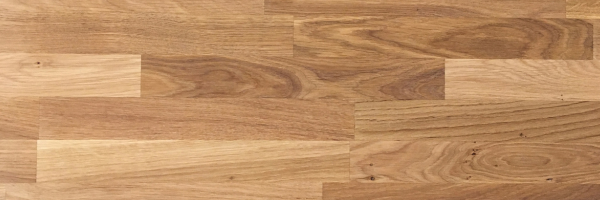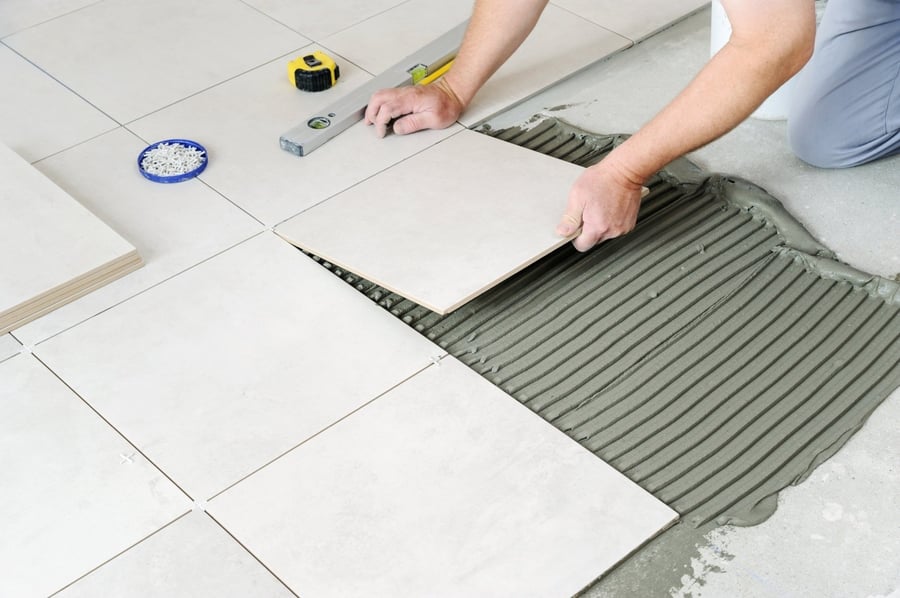WHY FLOORING INSTALLERS AND INSPECTORS USE MOISTURE METERS FOR WOOD

Why should flooring installers and inspectors use moisture meters for wood flooring?
When installing wood flooring, moisture is a constant concern. This is because wood is a hygroscopic material—it will gain or lose moisture until it reaches equilibrium with the surrounding air’s humidity and temperature. If left unchecked, moisture issues can lead to flooring failures—ones that have cost the industry over $1 billion in claims.
Moisture-Related Issues That Can Occur:
- Excess Moisture Can Cause
- Cupping
- Crowning
- Buckling
- Finish issues
- Too Little Moisture Can Cause
- Gaps between strips and at the ends
- Surface checking
- Noisy floors
- Loose boards
So, it’s only natural to closely monitor moisture conditions in expensive wood flooring. And, moisture meters for wood are the go-to tool for any installer or inspector of wood flooring. With a wood moisture meter and a thermo-hygrometer, it’s easy to determine if the subfloor and wood flooring is at the equilibrium moisture content (EMC) and ready to install.
First, the thermo-hygrometer should be used to check both the temperature and the relative humidity (RH) of the area. This information can then be plugged into a simple temperature/humidity chart to find the appropriate moisture content (%MC) of properly-acclimated wood.
For example, the appropriate %MC value of wood at 70°F and 30% RH would be approximately 6.2% MC. At that moisture content, the wood is considered to be in equilibrium with its environment. Likewise, if the temperature were 80°F and the RH was 50%, then the EMC value of the wood sample would be 9.1% MC.
Once at the EMC value the wood should be, or within a close range, then an installer can use a moisture meter to obtain a quantitative reading of the floor’s moisture content to see if it’s close enough.
In addition to taking EMC into consideration, some adjustments may need to be made based on the species of flooring being tested. Most wood moisture meters either have species corrections programmed in to the meter or are available in a chart. Contact the meter manufacturer if necessary. Alternatively, if no species correction is available, it may be necessary to make repeated measurements (daily) of the wood as it acclimates in the environment. When the %MC stops changing, then it is likely that the wood has reached its EMC. Generally, working with the flooring at a +/-2% tolerance from EMC will be a safe guideline.
Making sure wood has reached EMC is crucial for preventing wood flooring failures that lead to costly call-backs.
How Many Moisture Measurements Should Flooring Installers Take?
At a minimum, installers should take 20 moisture content readings per 1,000 sq. ft. of subfloor, and 40 boards checked for every 1,000 sq. ft. of flooring. This is what’s necessary for a “good representative sample” per the NWFA guidelines.
Flooring Inspectors may need to be even more thorough in their checks. If moisture is detected, they may have to take enough moisture readings to establish the outside edge of the damaged area—which will most likely take more than 40 readings per 1,000 square feet of flooring.
Comparing Moisture Meter Options
There are two kinds of wood moisture meters available to flooring installers: Pin meters that use electrical resistance and pinless meters that use electromagnetic waves to measure electrical properties of the wood that the meter displays as its moisture content.
Pin meters bring precision to moisture checks and are often used to determine the specific location of moisture problems. Meters with insulated pins are particularly good for determining just how deep a moisture issue goes. However, they leave pinholes in the surface of the wood—which is always desirable but easily can be repaired.
Pinless meters are non-invasive in that they don’t penetrate the surface of the wood to measure moisture. These meters are sometimes called non-destructive moisture meters because they don’t damage the surface of wood flooring—so depending on the situation, they may be preferred for checking flooring moisture.
Many wood flooring professionals keep both kinds of meters on hand. The pinless meter can quickly take readings in different places without damaging the floor, while the pin meter can provide more precise measurements of moisture in wood.
What Affects Moisture Measurements Other Than Moisture Content?
There are a few different factors that can change a moisture measurement beyond the actual moisture content of the wood being tested. Each of these factors can affect pin and pinless meters differently:
- Wood Species. Both pin and pinless meter readings may be affected by different species of wood. In pin meters, this is because different wood species have different electrical resistance values. In pinless meters, this is because different kinds of wood have different specific gravities (SGs).
- Specific Gravity. Pin meters do not need to correct for SG (in fact, species corrections likely already incorporate SG as a factor alongside electrochemical differences in different wood types). Pinless meters do have to correct for the SG of the wood, and variations in SG within a wood species can be a concern.
- Wood Temperature. Temperature affects the electrical resistance of wood, so corrections may need to be made for pin-type meters. There is some effect on reading with pinless meters, especially in extremes, but not nearly as pronounced, so corrections are rarely necessary. Also, temperatures rarely reach these extremes for interior flooring installations.
- Moisture Content Range of the Meter. Each moisture meter on the market has a set “range” over which it can provide accurate moisture meter readings. For most pin-type meters, this is between 6% and 25% MC, while pinless meters usually go as low as 5%. Outside of the meter’s range, moisture measurements become less accurate and work as a relative assessment of moisture. However, 6-25% is a suitable detection range for most jobs, as %MC values outside of this range often mean that the wood is compromised.
With a well-chosen wood moisture meter, flooring installers and inspectors can make sure that wood flooring is free from moisture-related problems that cost them time, money and lost reputation from call-backs.
Get to know more about using moisture meters for wood flooring in the Complete Guide to Measuring Moisture in Wood Flooring!
Subscribe to Our Blog
Post Related

Why Flooring Installers and Inspectors Use Moisture Meters for Wood


